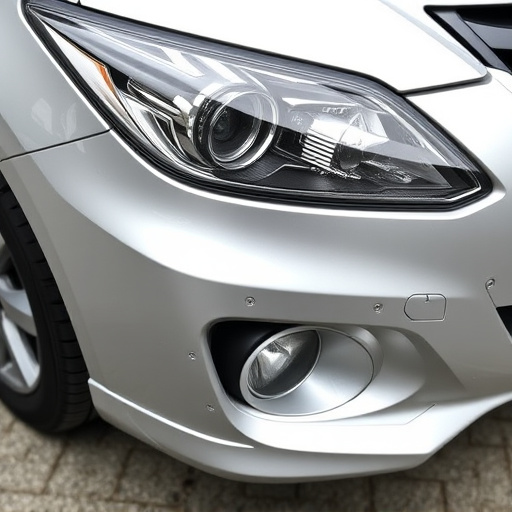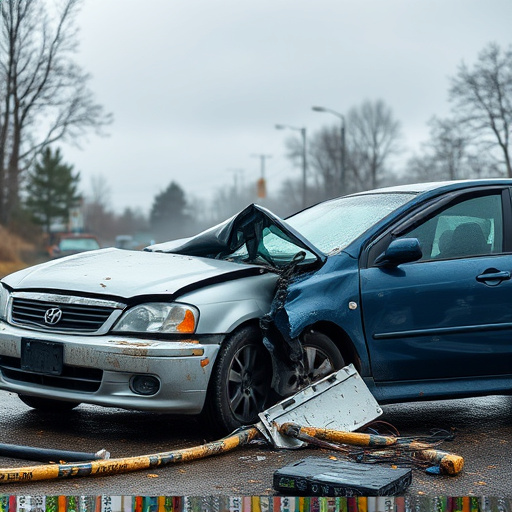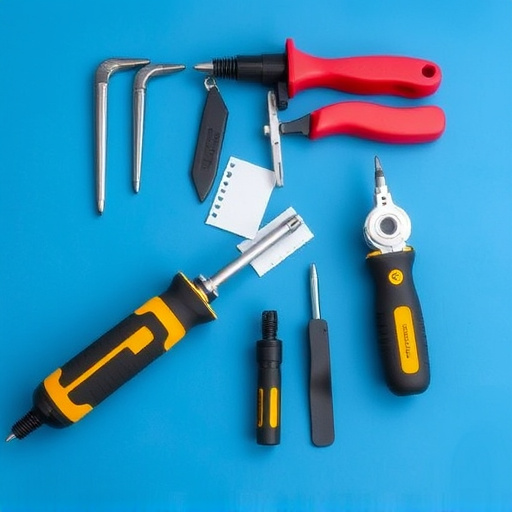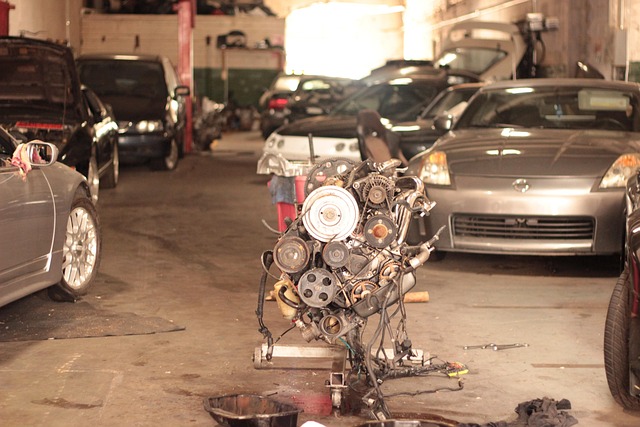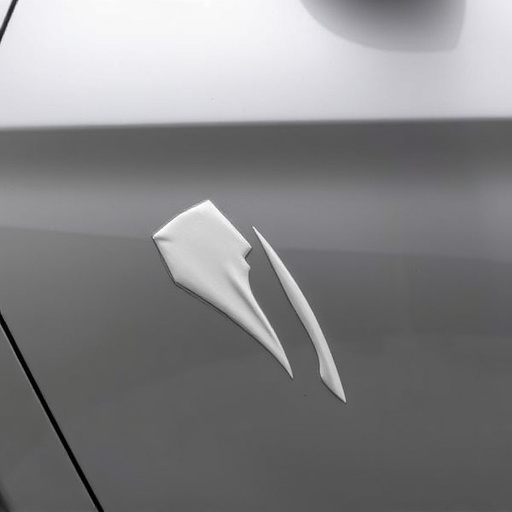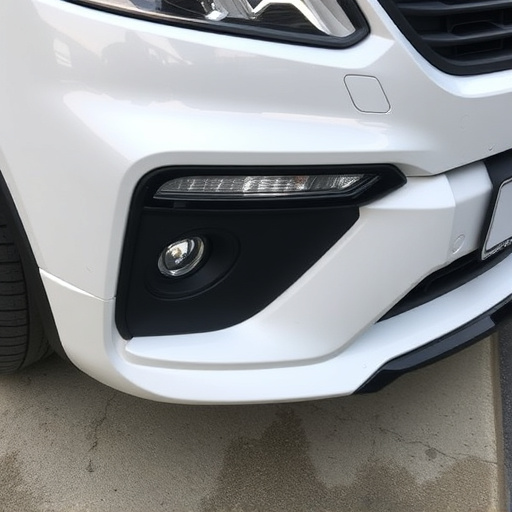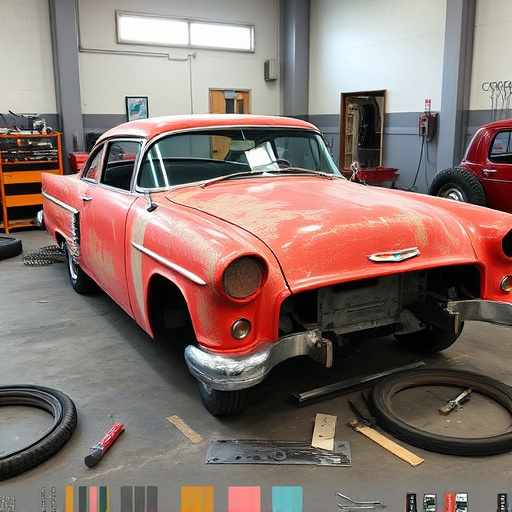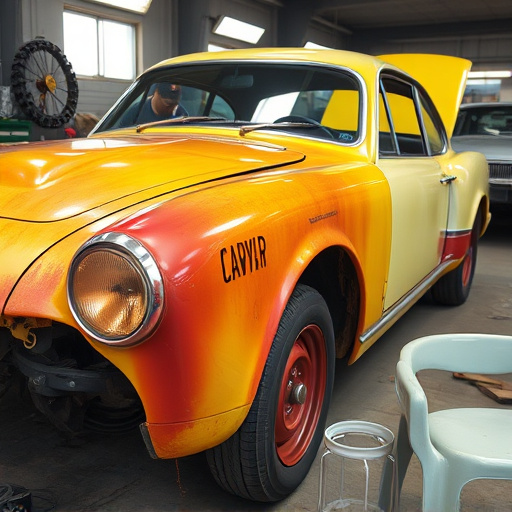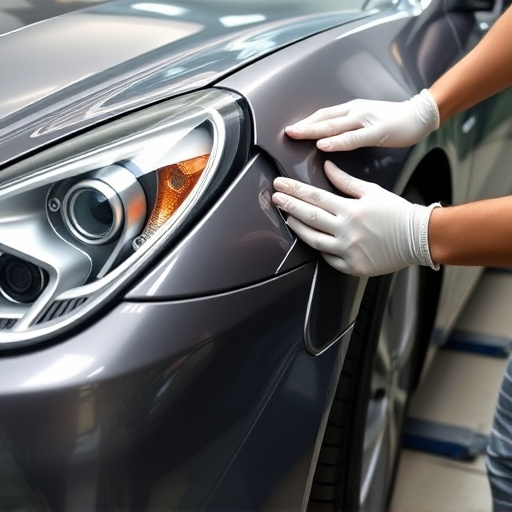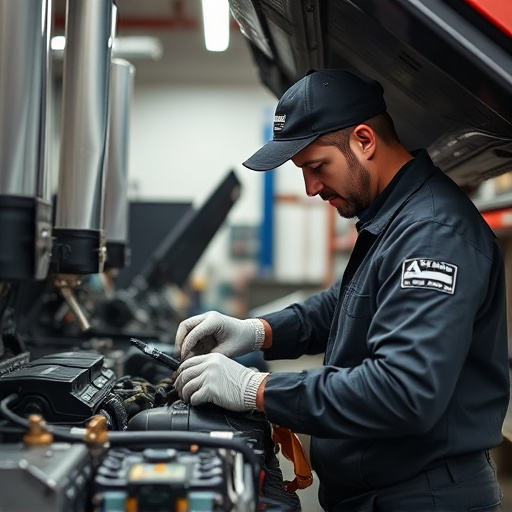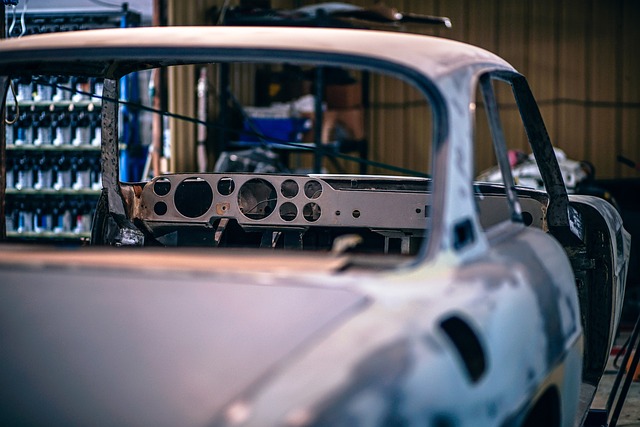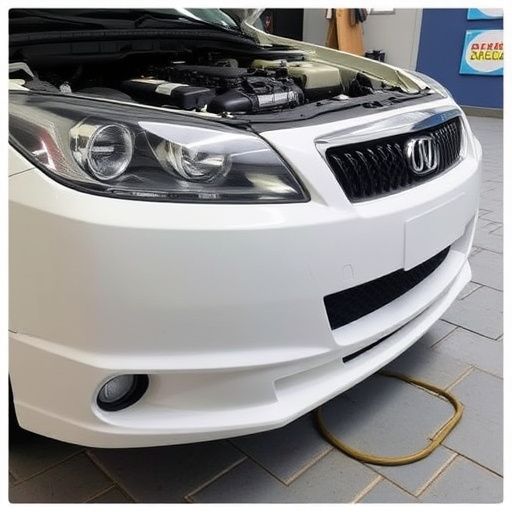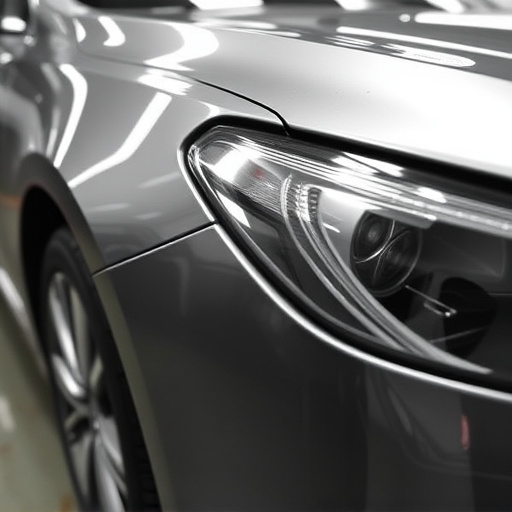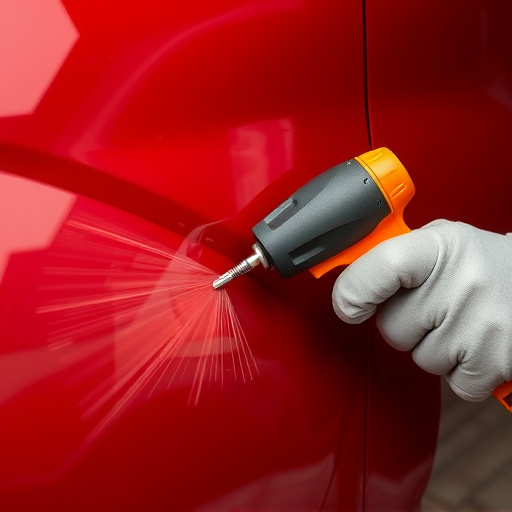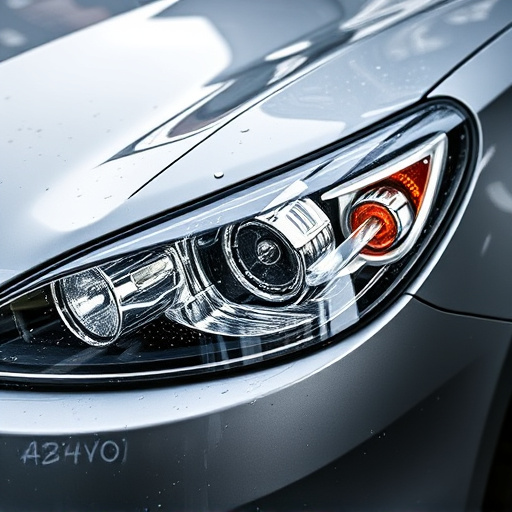Matte finish collision repair is a meticulous process using specialized paints with microscopic particles to create a non-reflective, protective layer on car bodies. After preparing and priming the surface, professionals apply base coats that dry completely before adding the final pearl finish coat, enhancing aesthetics and safeguarding against future damage. Strict quality control and best practices ensure flawless results, avoiding rough finishes or color inconsistencies.
“In the realm of automotive restoration, achieving a flawless pearl finish is an art. This article delves into the intricate process of layering in pearl finish collision repair, a crucial aspect for restoring vehicles to their former gleam. We explore ‘matte finish collision repair’ techniques and best practices, offering insights for professionals and enthusiasts alike. From understanding the fundamentals of pearl finishes to mastering layering methods, this guide guarantees a comprehensive journey through the transformation process.”
- Understanding Pearl Finish: The Basics
- Layering Techniques for Optimal Restoration
- Common Mistakes and Best Practices in Matte Finish Collision Repair
Understanding Pearl Finish: The Basics
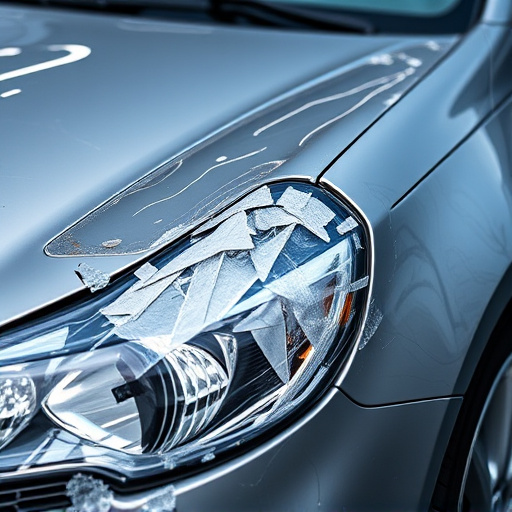
Pearl finish, also known as matte finish, is a popular choice for vehicle paint repair and car bodywork services due to its unique aesthetic appeal and durability. Unlike glossy or semi-gloss finishes that reflect light dramatically, pearl finishes offer a subtle, non-reflective surface that adds depth and dimension to the vehicle’s appearance. This effect is achieved through layering specialized paints containing microscopic particles that scatter light, creating a soft, matte glow.
The process involves meticulous application of these layered coatings, each with specific properties designed to complement the base color and enhance its overall beauty. Collision repair services often employ this technique for reparing scratches, dents, or other damage, restoring not just the vehicle’s physical integrity but also its visual allure. The result is a surface that resembles precious pearls, offering both aesthetic satisfaction and protection against future damage.
Layering Techniques for Optimal Restoration
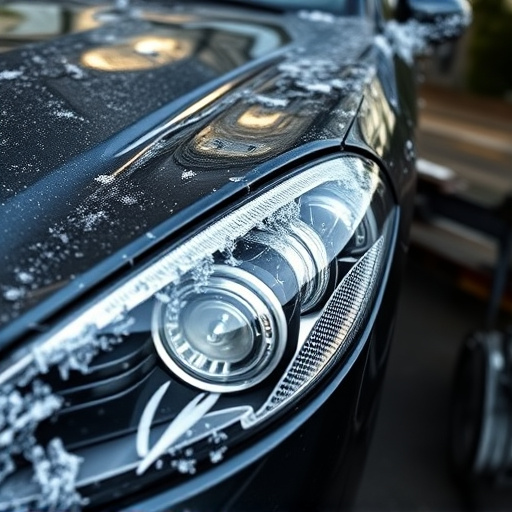
In the realm of pearl finish collision restoration, mastering layering techniques is akin to crafting a symphony of sleekness. The process involves meticulous application of specialized coatings, each layer playing a crucial role in achieving that flawless, glossy finish. Professionals in matte finish collision repair employ various methods to ensure optimal results.
One such technique involves priming the car’s bodywork with an appropriate undercoat, preparing the surface for subsequent layers. This is followed by careful application of base coats, allowing them to dry completely before adding the final coat—the pearl finish itself. Proper layering not only enhances the aesthetics but also serves as a protective barrier against future damage, making it a vital step in any auto repair near me for car bodywork that aims to look like new.
Common Mistakes and Best Practices in Matte Finish Collision Repair
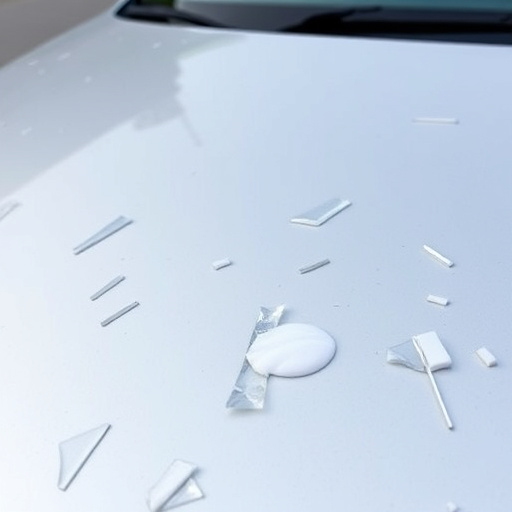
In the realm of auto collision centers, achieving a flawless matte finish during repairs is an art that requires precision and expertise. One common mistake often seen is insufficient preparation of the car body repair surface. Skipping critical steps like thorough degreasing and sanding can lead to an uneven base, impacting the final aesthetics. The foundation for any successful bumper repair or car body repair lies in meticulous surface readiness.
Additionally, using the wrong materials or techniques can hamper the outcome. Inexperienced technicians might opt for inferior paints or apply incorrect layering methods, resulting in a rough finish or color inconsistencies. Best practices dictate following stringent quality checks at each stage, from material selection to final coating. Ensuring proper ventilation during the process is another crucial step, as it prevents environmental issues and aids in achieving a consistent matte appearance without unsightly streaks or gloss spots.
In conclusion, mastering the art of pearl finish collision restoration involves a deep understanding of material properties and meticulous layering techniques. By avoiding common pitfalls and adhering to best practices, professionals in the matte finish collision repair field can achieve exceptional results that enhance vehicle aesthetics. Leveraging these expertise ensures not only the structural integrity of damaged areas but also the preservation of a sleek, durable finish, ultimately satisfying both repair technicians and discerning car owners alike.
